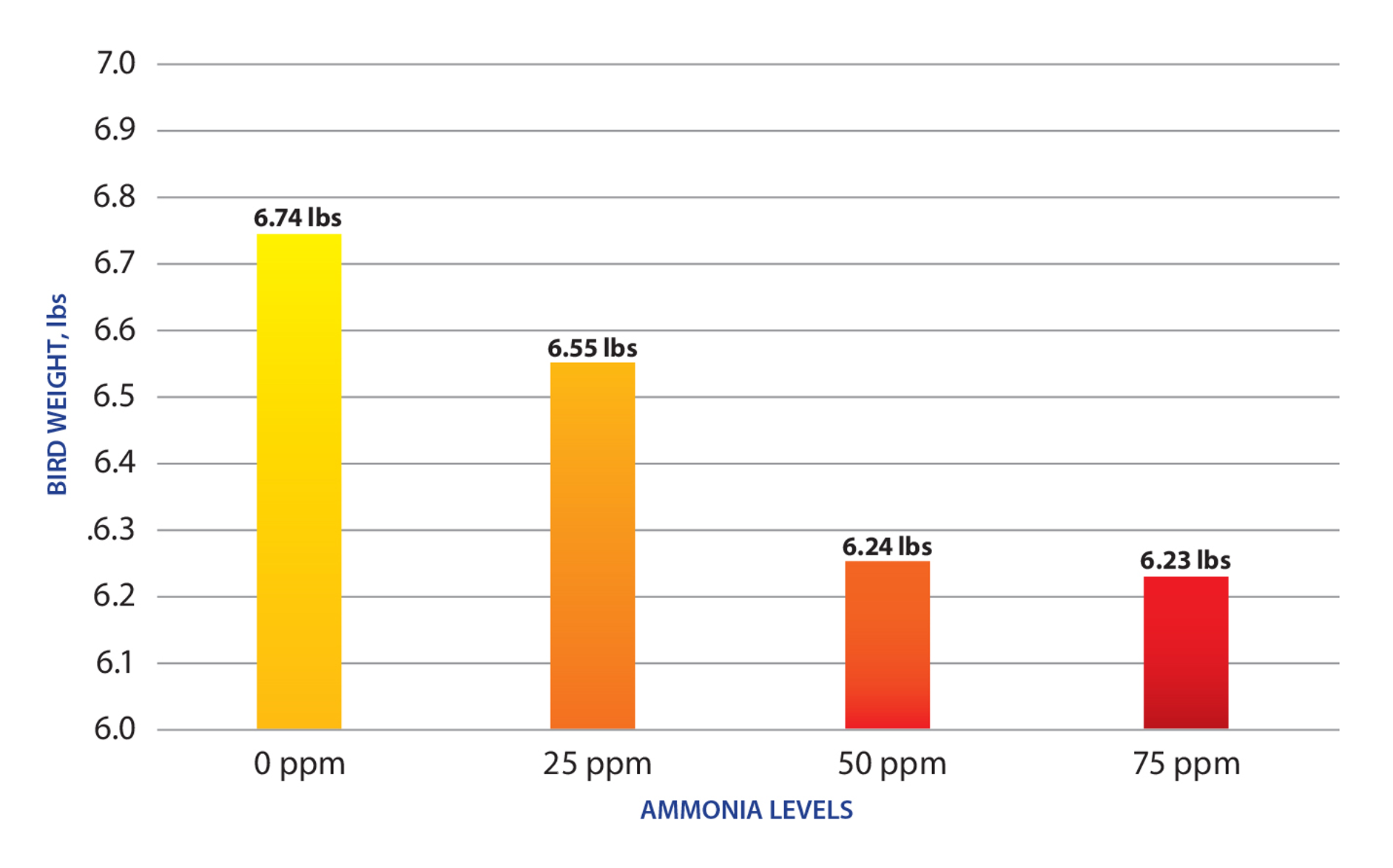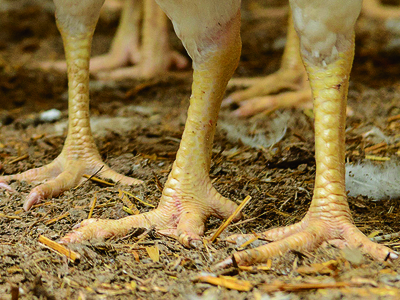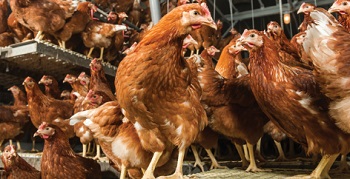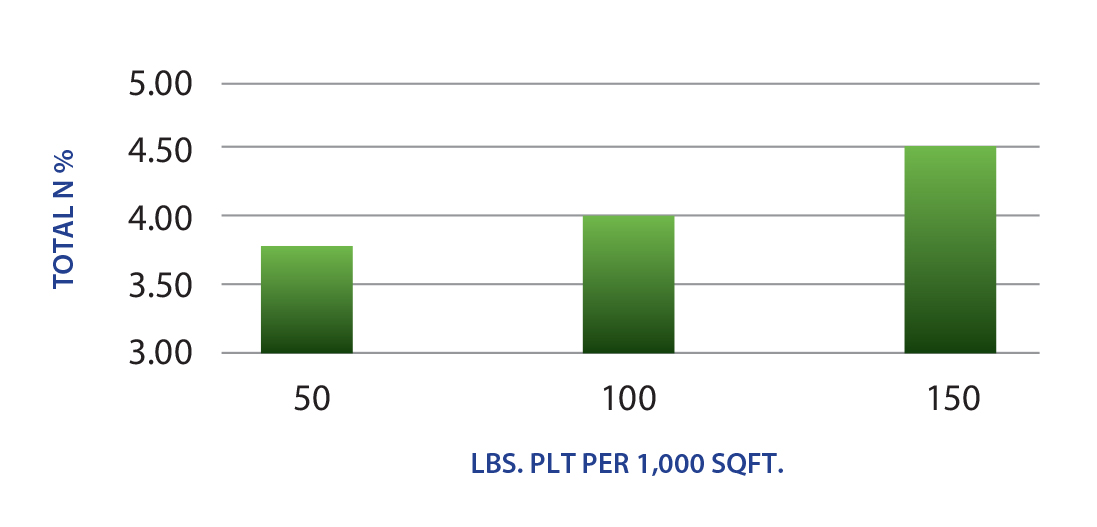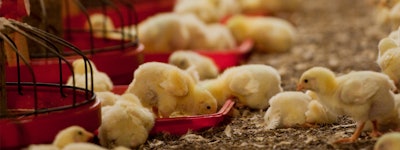
Successful strategies for improving litter management through increasing supply chain efficiencies and material quality.
Brand Insights from Jones-Hamilton
Ammonia Robs Efficiency from Poultry Production
Ammonia is an unavoidable consequence of animal production. Given that 50 ppm of ammonia can decrease weights by 0.50 lbs and increase feed conversion by 8 points, failing to properly manage it brings considerable costs. In current market conditions, 1 point of feed conversion costs $12,000 on average (per week on 1M bird complex).
Read more at joneshamiltonag.com
Managing Litter in Summer is Key to Profitability
The idea that ammonia isn’t an issue in poultry houses in the summer is a pretty common one, which is perhaps why data has shown that ammonia levels in the 48 hours following chick placement tend to top 50 PPM – levels high enough to reduce body weight and feed efficiency, and harm bird eyes and respiratory systems.
Read more at joneshamiltonag.com
Debunking 7 myths to improve laying hen performance
The correct care of pullets will pay dividends throughout the laying period.
Read more at wattpoultry.com
Balancing Cost, Supply Chain and Sustainability in Selecting Litter Bedding Materials
The bedding material on the floor of a poultry house serves to absorb moisture, provide insulation from cold floors and cushion birds’ breasts and paws. While the purpose of the material remains constant, the type of material used does not. While most of the US has relied on pine shavings for many years, alternative materials have gained ground, even more so recently due to rising material, transportation and labor costs as well as availability.
Read more at joneshamiltonag.com
PLT® Treated Litter More Valuable as a Fertilizer Source
With current fertilizer prices considerably higher than last year, poultry growers have an opportunity to earn more money from the sale of built-up litter. Litter treated with PLT is even more valuable because of the higher amount of inorganic nitrogen the product retains.
Read more at joneshamiltonag.com

